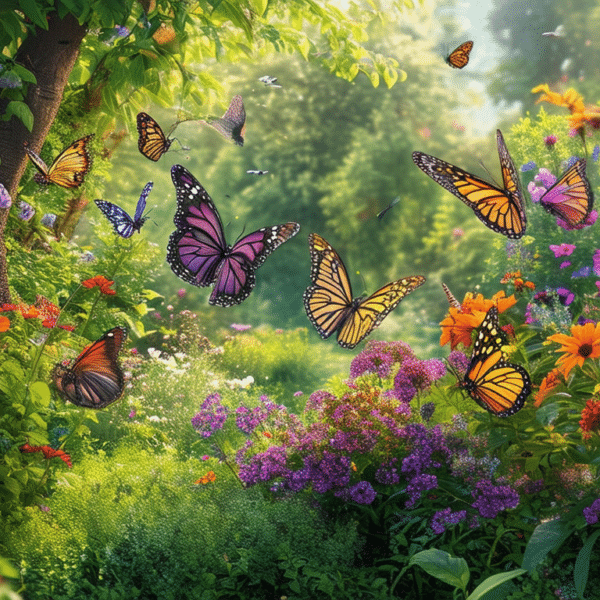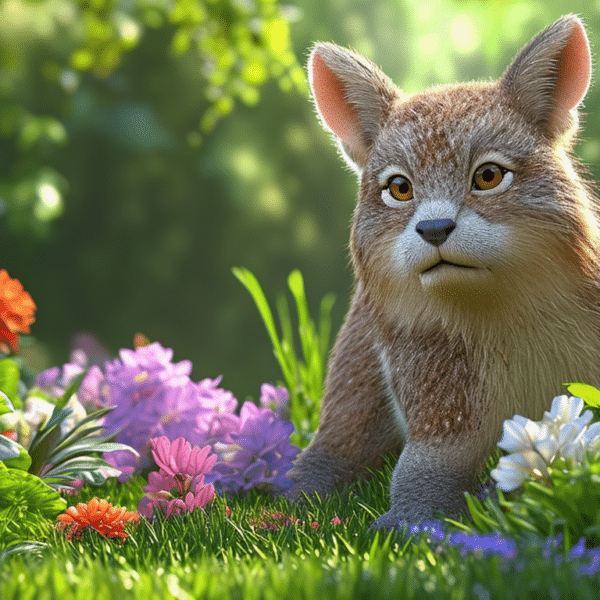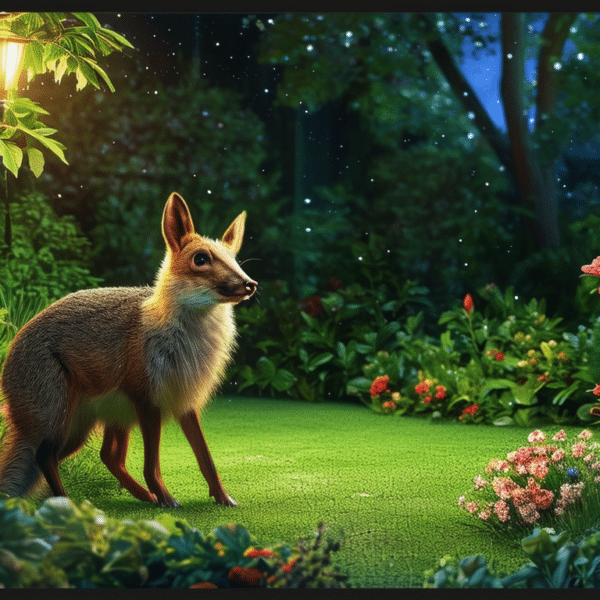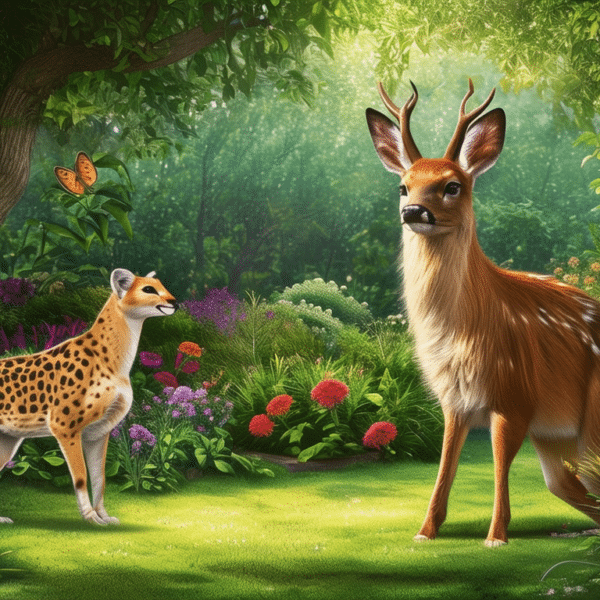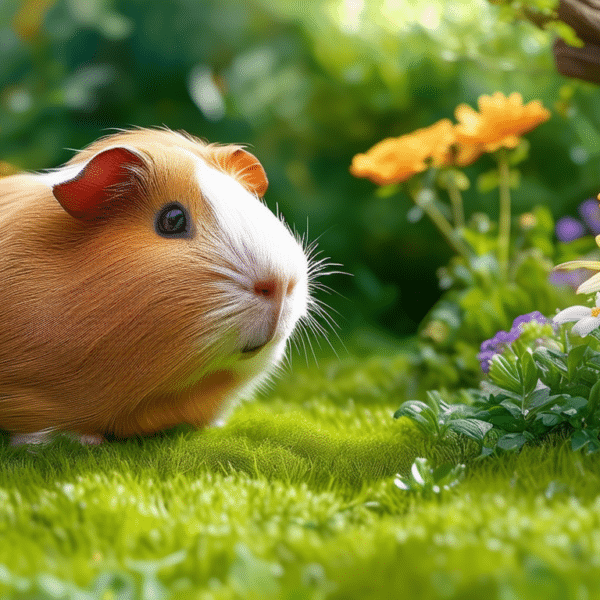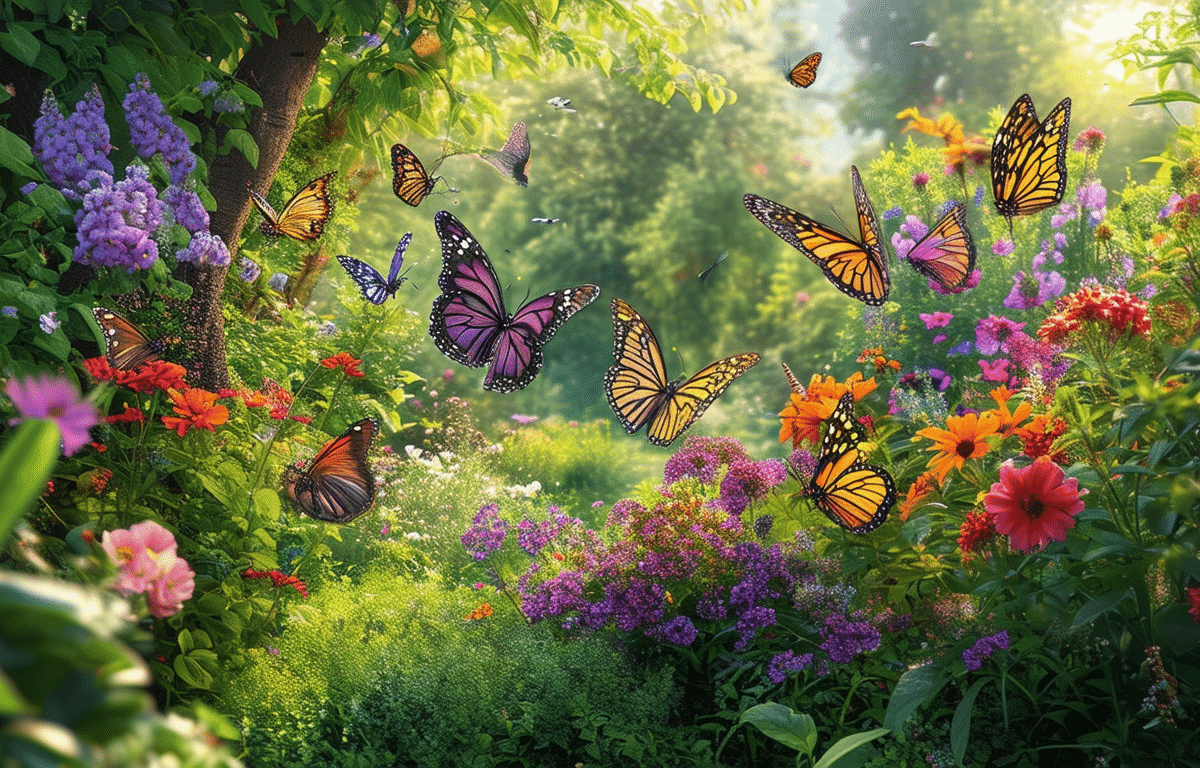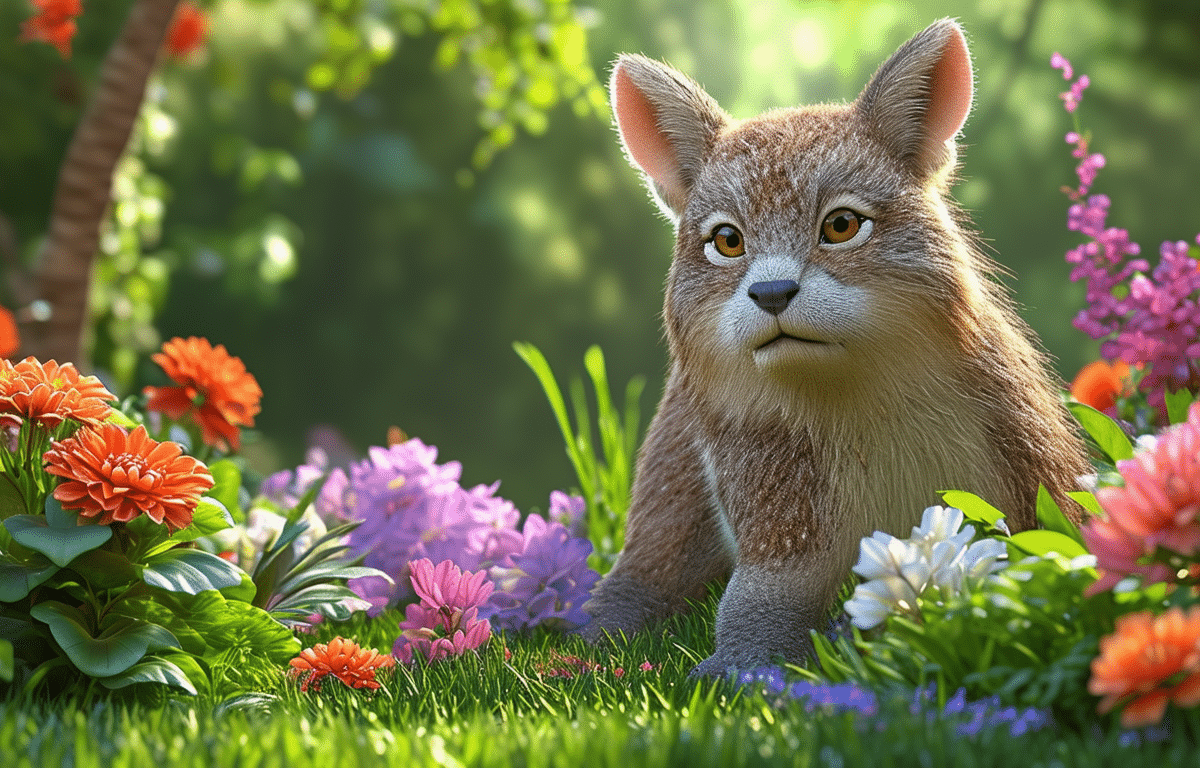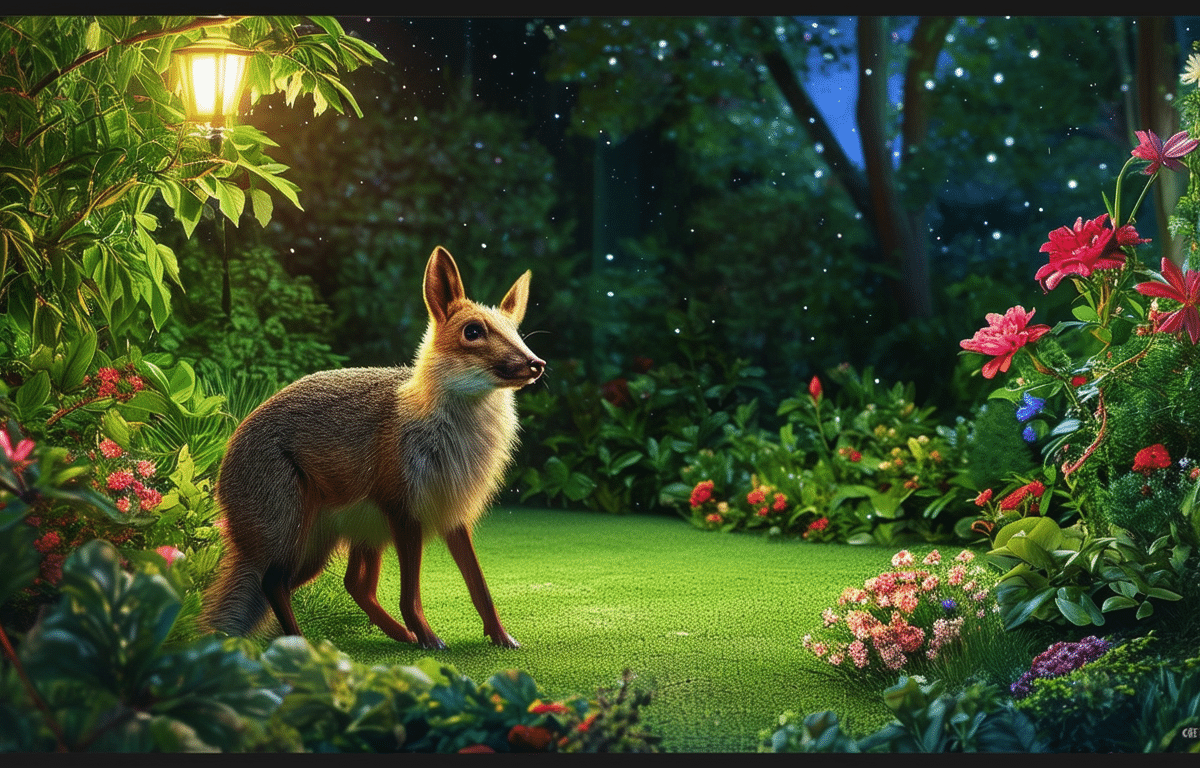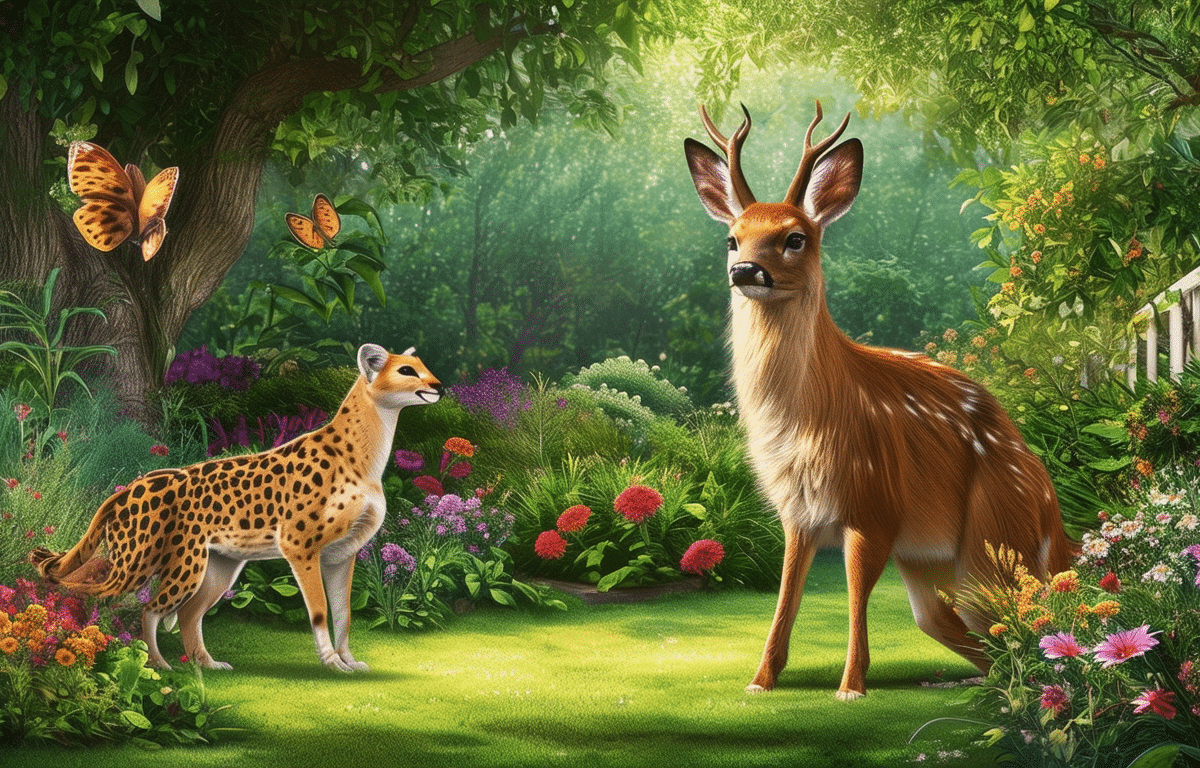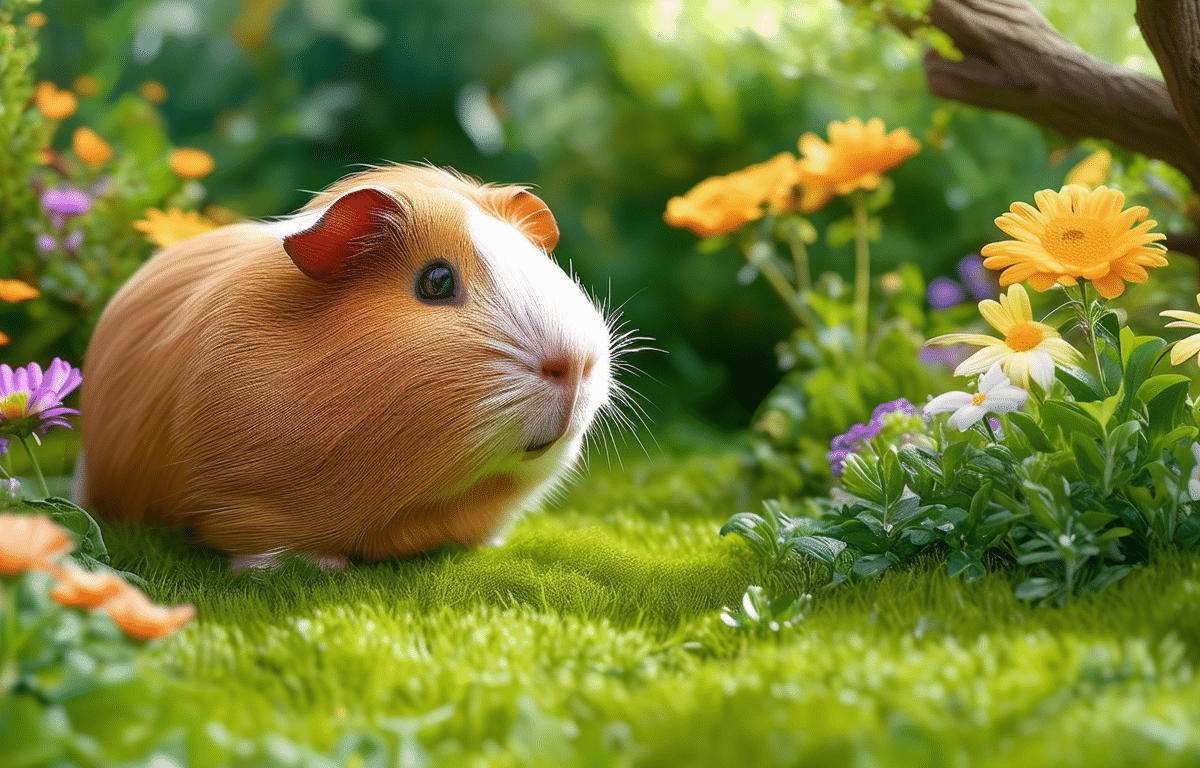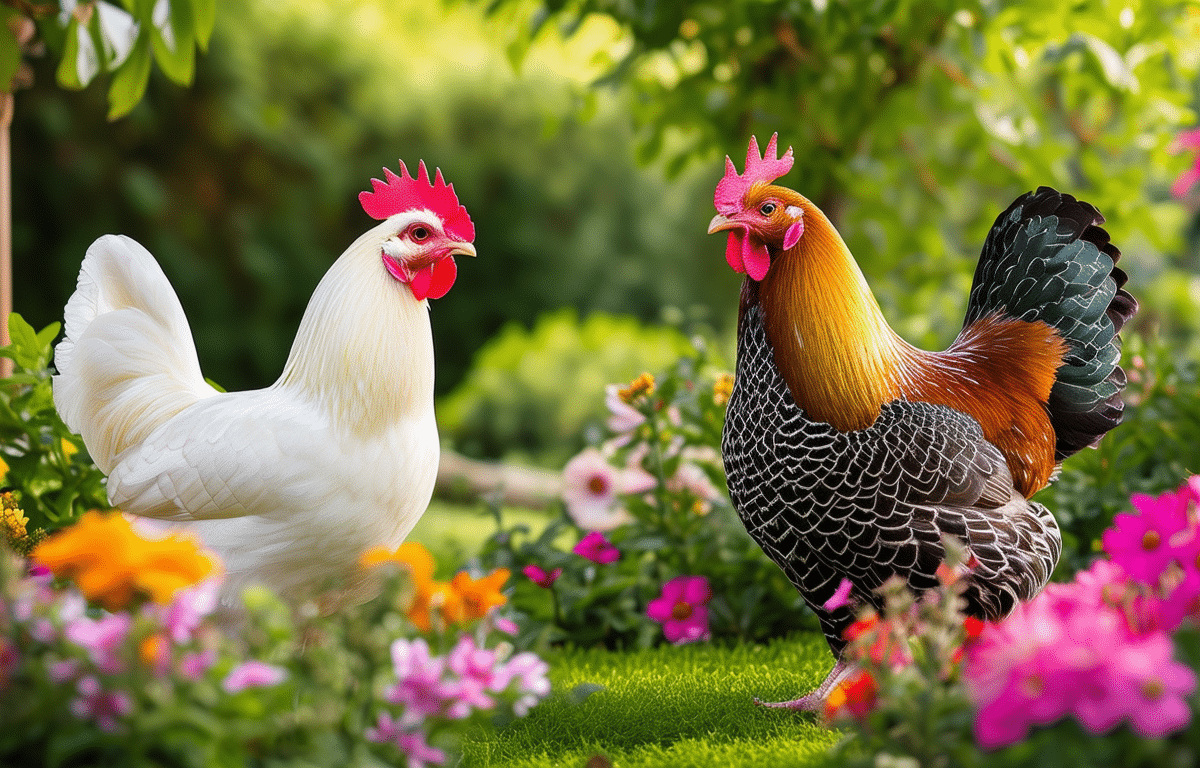Content
Designing a garden that attracts hummingbirds is an enchanting way to bring life and color to your outdoor space. These tiny, vibrant birds are not only a joy to watch but also play a crucial role in pollination. To create a haven for these feathered friends, one must consider their habitat needs, including food sources, shelter, and nesting sites.
Understanding Hummingbird Preferences

Before diving into garden design, it’s essential to understand what makes a garden attractive to hummingbirds. These birds are particularly drawn to areas rich in nectar-producing flowers. They favor tubular-shaped blooms that accommodate their long beaks and provide ample nectar. Additionally, they require perches for resting and trees or shrubs for shelter and nesting. A water source is also beneficial, as hummingbirds enjoy bathing and drinking droplets off leaves.
Selecting the Right Plants
The cornerstone of any hummingbird garden is the selection of the right plants. Native species are often the best choice as they have co-evolved with local hummingbird populations. In regions like Ontario, native plants such as wild columbine, bee balm, and cardinal flower are excellent choices to attract pollinators. Not only do these plants provide nectar, but they also support the entire ecosystem by providing habitat for other wildlife.
Timing Is Everything
To ensure your garden is ready when hummingbirds arrive, timing is critical. In many areas, putting out hummingbird feeders in early spring can provide an early food source until more flowers bloom. This can be especially helpful during migration periods when birds are in search of high-energy sustenance to fuel their long journeys.
Creating a Multi-Layered Garden Design
A successful hummingbird garden incorporates various layers of vegetation. Start with taller trees and shrubs as the canopy layer, providing shelter and nesting spots. Add an understory of smaller flowering shrubs and perennials that offer continuous blooms throughout the growing season. Incorporate hanging plants like fuchsia or petunias for additional vertical interest and nectar sources.
Incorporating Water Features
While nectar is their main food source, hummingbirds also need water for drinking and bathing. A misting fountain or a shallow birdbath with a dripper can serve as an excellent water feature in your garden. The sound of running water is particularly attractive to these birds and will encourage them to visit more frequently.
Maintaining Your Hummingbird Haven
Maintenance is key to keeping your garden hospitable for hummingbirds. Regularly cleaning feeders is crucial to prevent the spread of disease among visiting birds. A simple solution of one part white vinegar to four parts water can be used to clean feeders without leaving harmful residues. Deadheading flowers will encourage more blooms, ensuring a steady supply of nectar throughout the season.
Supporting the Ecosystem Beyond Hummingbirds
While designing your garden with hummingbirds in mind, it’s also beneficial to consider other pollinators and beneficial insects. Building a wild bee hotel can support native bee populations which are vital for pollination. Planting milkweed will attract monarch butterflies, adding another layer of beauty and ecological support to your garden.
In creating this sanctuary for hummingbirds and other wildlife, you’ll not only enjoy the flurry of activity but also contribute positively to local biodiversity. With thoughtful planning and care, your garden can become a vibrant ecosystem teeming with life and natural wonder.


